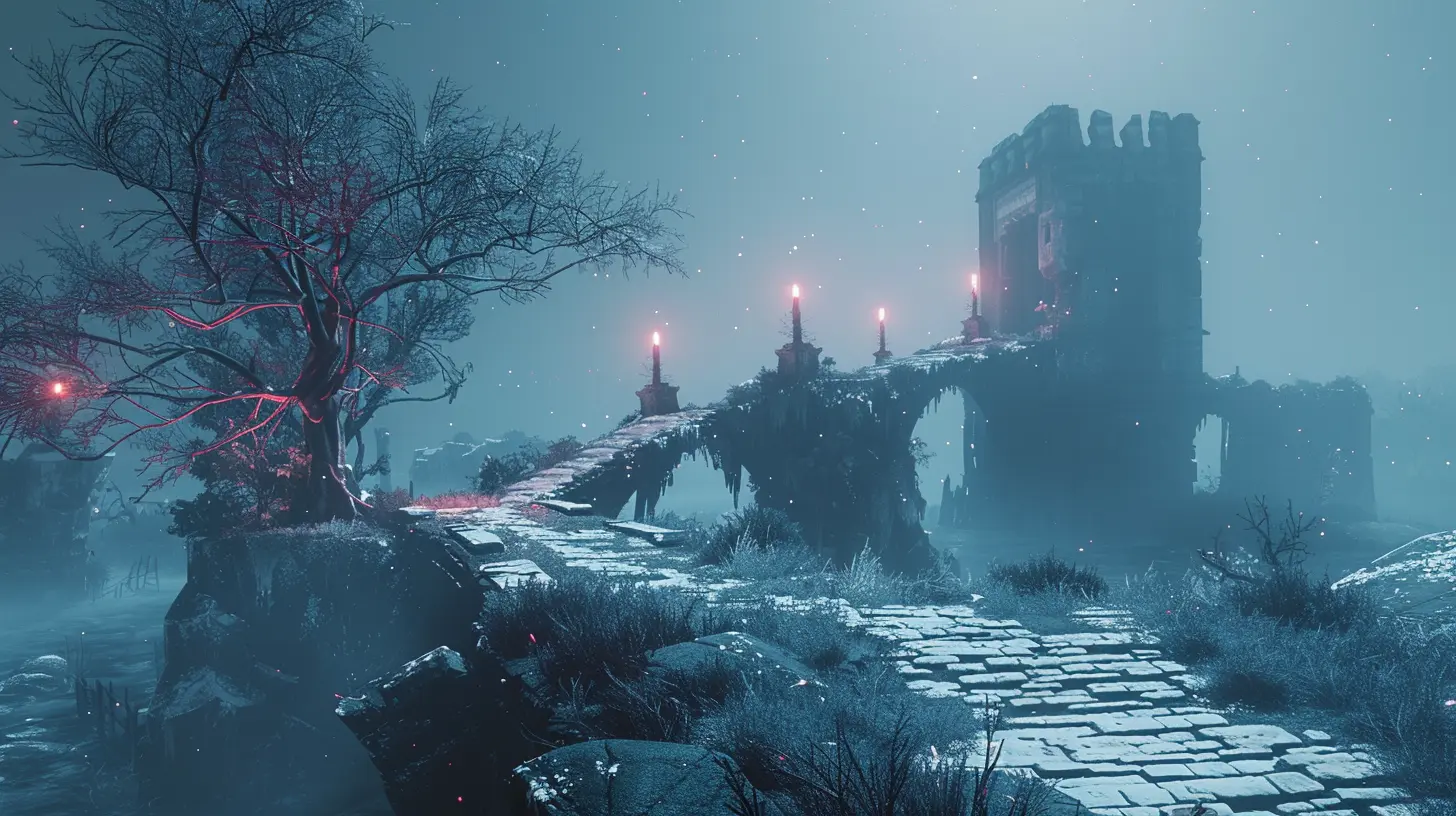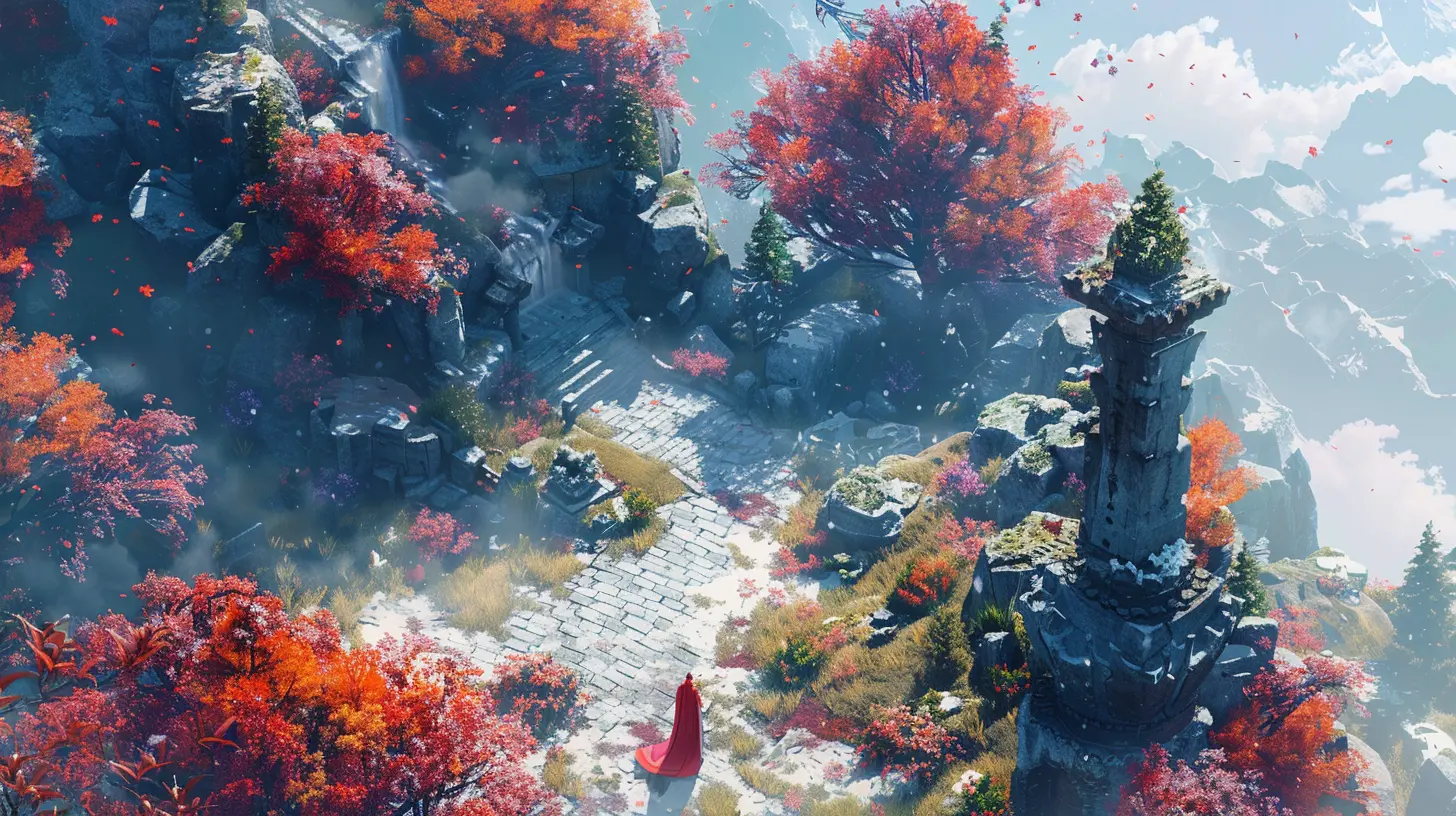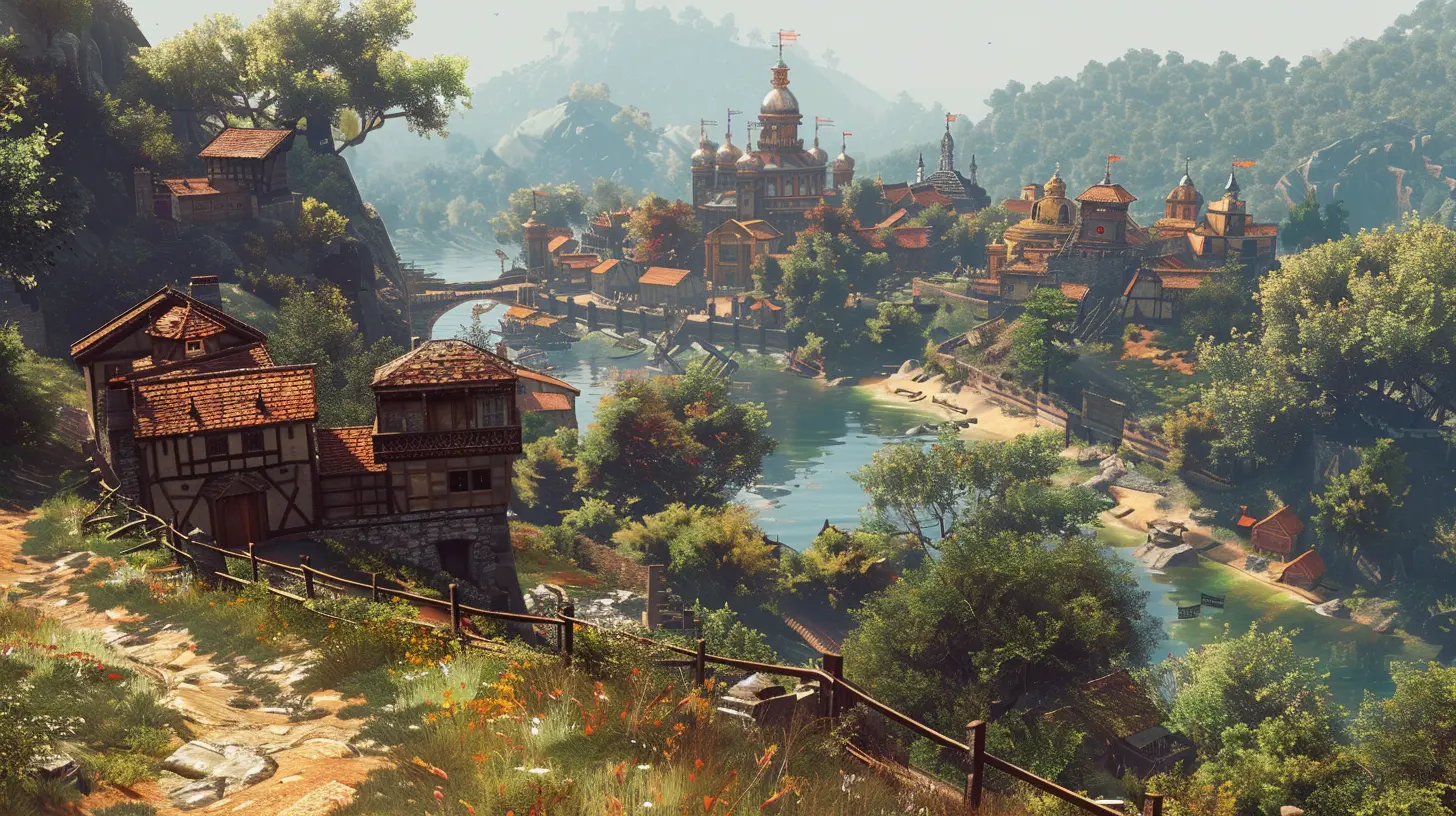How Publishers Benefit from the Early Access Model
12 July 2025
Let’s be real—game development is a beast. It takes creativity, time, and a whole mountain of cash to bring a great game to life. And in recent years, a new path has emerged that’s shaking up the industry: Early Access. You’ve probably seen it on Steam, where a game isn’t fully finished but is already up for sale, promising updates and polish down the road. Sounds risky, right?
But from a publisher's point of view? It's pure gold (when done right). Let’s dive deep into how publishers benefit from the Early Access model—and trust me, it’s not just about the money (though that’s definitely part of it).
What Exactly Is Early Access?
Before we jump into the benefits, let’s clear up what Early Access actually means. It’s a development and distribution model where a game is released to the public before its official full release. Players can buy, download, and play the game in its current (unfinished) state—bugs, missing features, and all.In return, developers and publishers get feedback, funding, and a live testing audience. It's like opening a restaurant while the kitchen is still under construction, but everyone’s already lining up to review the food.
The Big Publisher Payoff: Why Early Access Works
1. Revenue Streams Without the Wait
Let’s face it—putting a game on the shelf (digitally or physically) takes years and a ton of bankroll. But Early Access flips this equation on its head. Instead of waiting till the very end to see a return, publishers start earning money as soon as the game becomes playable.This steady trickle of income during development can be a lifeline. It covers costs, fuels further development, and lets teams experiment without going completely broke. Think of it as Kickstarter with a playable demo.
2. Building a Community While Building the Game
One of the most powerful aspects of Early Access is community building.Publishers don’t just want customers—they want fans. Loyal players who give feedback, report bugs, and hype the game online like it’s their job (sometimes it actually is).
By involving players early, publishers tap into a treasure trove of engagement. Forums buzz, Twitch streams fire up, and Reddit threads start forming rabbit holes of discussion. That’s organic marketing at its finest—and it’s free.
3. Real-Time Player Feedback = Smarter Design Choices
Here’s where it gets really interesting.Instead of guessing what players want, Early Access lets publishers watch them play. What paths do they take? Which features are loved, and which ones fall flat? It’s gaming’s version of test marketing, but on steroids.
This feedback loop helps shape the game in a way that aligns with player expectations. And when players feel heard? They stick around. Publishers get better games with fewer nasty surprises at launch.
4. Reduced Launch Risk (Yes, Really)
Launching a game is nerve-wracking. You’ve got one shot to make a splash, and if it flops—well, let’s just say the internet isn’t kind.But Early Access diffuses some of that risk by softening the launch expectations. Players know it’s a work in progress, so they’re more forgiving. And by the time the official launch rolls around, the game has likely already been battle-tested and bulletproofed.
For publishers, it’s a win-win: less pressure, more polish, and way fewer day-one disasters.
Breaking the Wall Between Devs and Players
Most traditional publishers follow a “black box” approach—develop in secret, release with a bang, and hope for the best.Early Access breaks that wall down completely.
Publishers now get to foster transparency. They can share updates, roadmaps, and patch notes in a way that builds trust. And let’s be honest—when a game is transparent, players are far more likely to forgive those inevitable bugs or delays.
This kind of connection turns casual players into brand ambassadors. And what publisher doesn’t love that?
Creative Flexibility (Read: Adapt or Pivot)
Ever tried turning a cruise ship? It takes miles. Traditional development can feel the same way—once the vision is locked in, there’s little room for course correction.But with Early Access, publishers give dev teams the room to adjust. Maybe a feature isn’t working. Maybe the fanbase is obsessed with a tiny side mechanic. Whatever it is, there’s space to pivot and respond.
It’s like having GPS in game design—a real-time signal telling you when to turn left instead of driving off a cliff.
Analytics Over Guesswork
Data is king in today’s world, and Early Access provides a goldmine of analytics.Publishers can track everything:
- How long players engage
- Where they drop off
- What features are used most
- What causes crashes
Instead of crossing fingers and hoping for success, publishers arm themselves with hard numbers. Decisions get based on player behavior, not gut feelings. That speeds up development and saves money.
Marketing Momentum That Builds Itself
When you’ve got a community from day one, you don’t need to create hype out of thin air.Early Access turns marketing into a marathon, not a sprint. Each update, livestream, or community post adds fuel to the hype train. And by the full release, you’re not starting from zero—you’ve already got momentum.
Publishers can slowly build interest instead of blowing the entire budget on a single launch trailer. Plus, influencers love Early Access games—they get to be the first to break the news, find glitches, and start tutorials.
That’s free PR, and it works wonders.
Direct Sales = Fewer Middlemen
Many Early Access games are launched through digital storefronts like Steam, itch.io, and Epic Games. Guess what that means? Publishers get to bypass a bunch of the traditional retail overhead.No physical copies. No distribution logistics. Lower fees. More profit.
It’s like baking your own bread and skipping the grocery store. You control the process and keep more slices.
Testing Monetization and DLC Strategies
Ever wonder how a game nails its monetization model right out of the gate? It’s often because it was tested during Early Access.Publishers can experiment with:
- Cosmetic items
- Battle passes
- Premium editions
- DLC release schedules
If something flops, it gets pulled or reworked. If something works? It gets scaled. Publishers walk into launch day knowing exactly how to maximize revenue without alienating the fanbase.
Spotting Hidden Hits
Sometimes, Early Access games break out and go viral before the final version even drops. Think of titles like Valheim or Baldur’s Gate 3. They exploded in popularity while still technically in development.This gives publishers a chance to double down—inject more funding, expand the team, and invest in cross-platform plans. Early success becomes a self-fulfilling prophecy.
But Wait… Is It All Sunshine and Rainbows?
Let’s keep it real—not every Early Access title becomes a smash hit.There are risks involved:
- Players may get turned off by a rough initial experience.
- Development timelines can drag on… and on… and on.
- If updates are slow, fans can turn against the project.
But these are risks that can be mitigated. A smart, transparent, and responsive publisher can navigate them just fine. In many ways, the potential rewards vastly outweigh the downsides.
Final Thoughts: A Strategic Power Play
Early Access isn’t a fad—it’s a strategic tool. For publishers, it’s a way to spread out risk, engage the community, gather real-time feedback, and start earning before the game is even finished. It takes courage to open the doors early, but the benefits? Oh, they’re massive.It’s a bridge between inspiration and profitability, between chaos and control. And as more publishers wake up to its potential, don’t be surprised if Early Access becomes the new standard—one carefully patched update at a time.
all images in this post were generated using AI tools
Category:
Early Access GamesAuthor:

Madeleine McCaffrey
Discussion
rate this article
2 comments
Tracie McCune
Behind the curtain of early access, hidden motives and untold secrets shape the gaming landscape—what truly drives publishers’ decisions?
October 26, 2025 at 4:48 PM

Madeleine McCaffrey
Publishers leverage early access to gauge player interest, refine game mechanics, and secure funding, ultimately shaping a more successful product while maximizing profit potential.
Tempra Brown
“Early Access: the ultimate win-win for publishers. They rake in cash while players become unpaid beta testers. Sure, indie devs may thrive, but it’s a double-edged sword—content quality can falter as deadlines blur. Curious to see if this trend will sharpen or dull in the future!”
July 21, 2025 at 3:03 AM

Madeleine McCaffrey
Thank you for your insight! While Early Access does provide financial benefits for publishers, it also raises important questions about content quality and player experience. Balancing these factors will be crucial as the model evolves.


